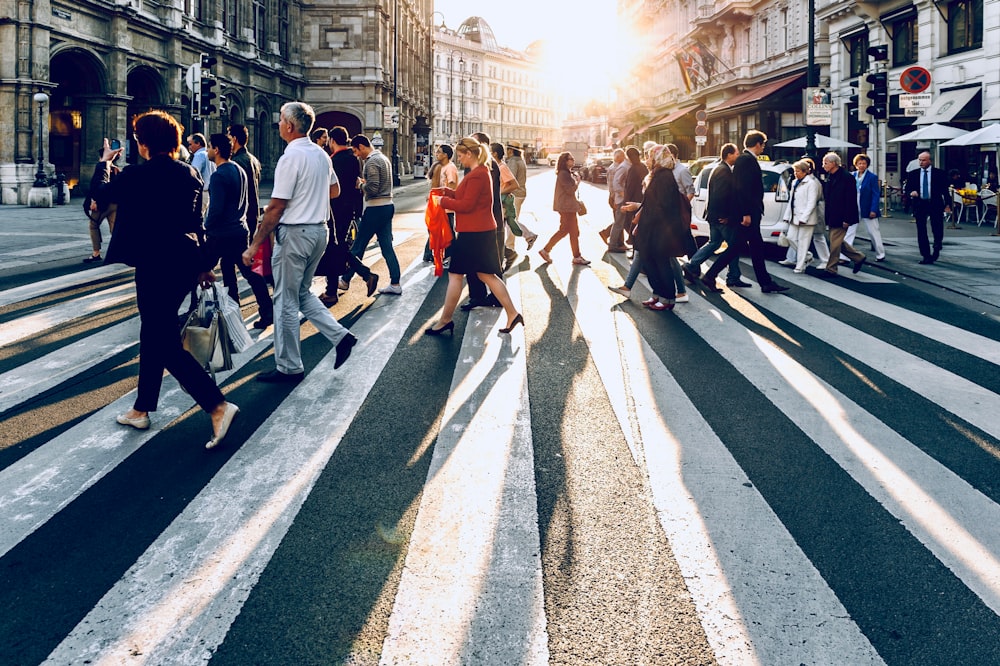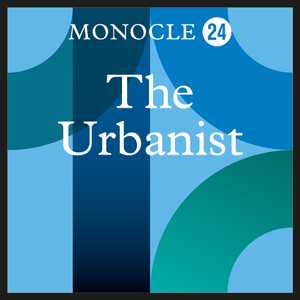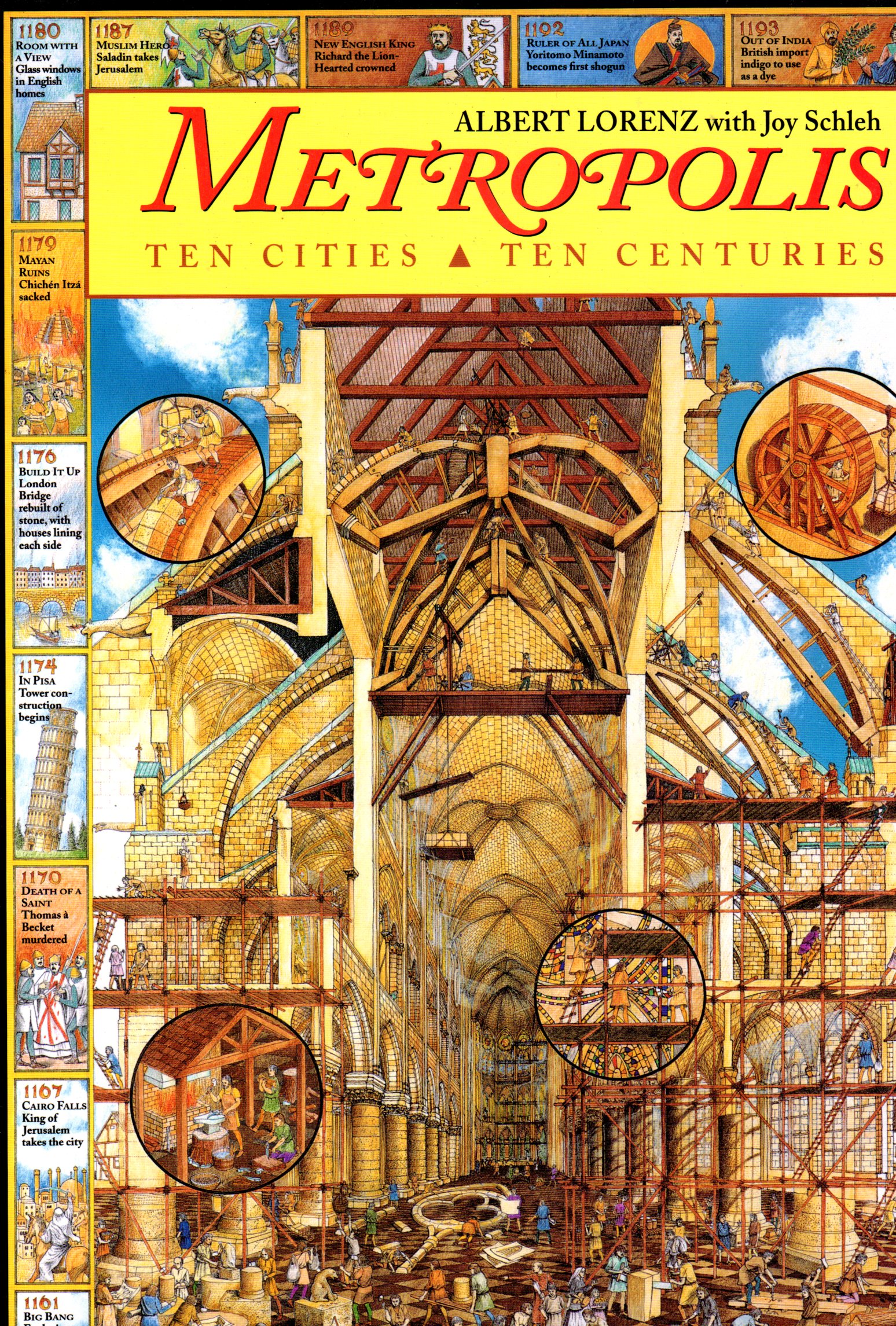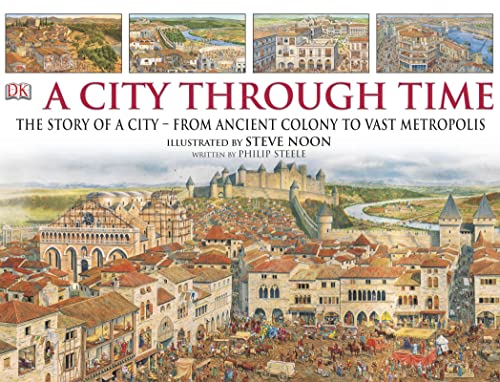



The ways in which humans live are changing, through introduction of new technologies, growing populations, urbanisation, and changing migration patterns. Read through the resources below and the topics above to learn more about this topic.

Central business district (CBD): the commercial and often geographical heart of a city
Climate graph: a single graph that often depicts the overall weather for a specified location
Commercial areas: areas, districts, or neighborhoods primarily composed of commercial buildings, such as a strip malls, office parks, downtown, central business district, financial district, "Main Street", or shopping centers
Congestion: excessive crowding
Conurbation: an extended urban area, typically consisting of several towns merging with the suburbs of a central city
Decentralisation: the process by which the activities of an organization, particularly those regarding planning and decision making, are distributed or delegated away from a central, authoritative location or group
Displaced person: a person who is forced to leave their home country because of war or persecution
Emigration: the act of leaving one's own country to settle permanently in another; moving abroad
Exurb: an area beyond the suburbs where the wealthy people live
Gentrification: the restoration of rundown areas by the middle class
Ghetto: a part of a city, usually in a rundown area, inhabited by minority groups
Greenbelt: an area of open land around a city where building is restricted
Immigration: the action of coming to live permanently in a foreign country
Industrial: of or relating to commercial enterprise
Industrial area: any area occupied by land uses whose primary operation involves manufacturing, assembling, processing, or otherwise treating raw materials
Infrastructure: the basic physical and organisational structures and facilities needed for the operation of a society or enterprise
Internal migration: the movement of people from one defined area to another within a country
International migration: the movement of persons away from their place of usual residence and across an international border to a country of which they are not nationals
Megacity: a very large city, typically one with a population of over ten million people
Megalopolis: a very large, heavily populated city or urban complex
Migration: the movement of people from one place to another with intentions of settling, permanently or temporarily, at a new location
Multicultural: relating to or containing several cultural or ethnic groups within a society
Permanent migration: when someone moves from one place to another and has no plans to return to their original home
Population: the people who inhabit a territory or state
Population density: the number of people per unit of area, usually quoted per square kilometre or square mile
Population distribution: a term that is used to describe how people are spread across a specific area
Population profile: a chart showing the number of people as a function of their ages
Push and pull factors: push factors “push” people away from their home and include things like war. Pull factors “pull” people to a new home and include things like better opportunities
Refugee: a person who has been forced to leave their country in order to escape war, persecution, or natural disaster
Rural: a rural area or a countryside is a geographic area that is located outside towns and cities
Sea change: a significant change in lifestyle, especially a move from the city to a rural or seaside location
Suburb: a residential district located on the outskirts of a city
Suburbinisation: a population shift from central urban areas into suburbs, resulting in the formation of urban sprawl
Temporary migration: migration to a country that is not intended to be permanent, for a specified and limited period of time, and usually undertaken for a specific purpose such as work
Tree change: a phrase used to describe the move from city living to a more rural/country setting
Urban: relating to a city or densely populated area
Urban density: a term used in urban planning and urban design to refer to the number of people inhabiting a given urbanized area
Urban fringe: the area of land where town meets country
Urbanisation: making an area into a part of a town

 |
99% InvisibleDesign is everywhere in our lives, perhaps most importantly in the places where we've just stopped noticing. 99% Invisible is a weekly exploration of the process and power of design and architecture. |
 |
The UrbanistWith an influential audience of city mayors, urban planners and architects, this is Monocle’s guide to making better cities, be it new technology, state-of-the-art subways or compact apartments. |
Third Wave UrbanismA podcast highlighting the new normal of urbanism in our globalized cities, as told by Kristen Jeffers and Katrina Johnston-Zimmerman - two female urbanists. |


 Metropolis : ten cities, ten centuries
by
Metropolis : ten cities, ten centuries
by
 Sustainable cities
by
Sustainable cities
by
 Towns and cities
by
Towns and cities
by
 A city through time
by
A city through time
by
 A history of the world in 25 cities
by
A history of the world in 25 cities
by
 Great cities : the stories behind the world's most fascinating places
by
Great cities : the stories behind the world's most fascinating places
by
 Population patterns : What factors determine the location and growth of human settlements?
by
Population patterns : What factors determine the location and growth of human settlements?
by
 Urban sprawl
by
Urban sprawl
by